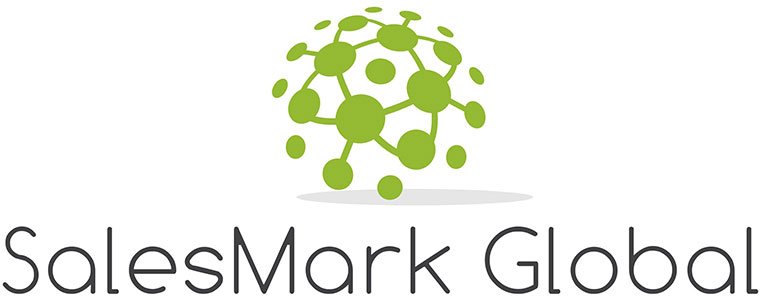How Data Mining Unlocks the Full Potential of Predictive Analytics
Predictive analytics and data mining: The duo transforming industries with actionable insights, proactive strategies, and smarter decisions.
Predictive analytics, powered by the strong power of data mining, is what is going to be the next revolution in making decisions, predicting trends, and maintaining a competitive lead. What gives this power combination significant importance and potentially transforms business strategies from within?
Let’s dive into how data mining forms the bedrock of predictive analytics and why it’s an indispensable tool for modern businesses aiming for a competitive edge.
Table of Contents:
1. The Science Behind Predictive Power
2. Turning Complexity into Clarity
3. Building a Roadmap to Action
4. Breaking Down Barriers to Adoption
5. The Future of Data-Driven Insights
6. Why Businesses Can’t Afford to Wait
1. The Science Behind Predictive Power
What if a mountain of raw data could turn into a crystal ball for your business? This is exactly what data mining accomplishes. Some may believe data mining is simply another buzzword, data mining is in fact the discovery of patterns, anomalies, and correlations within a huge dataset.
These insights form the basis of predictive modeling, a technique that makes use of past data to predict future trends and behaviors. Data mining for business analytics is fundamentally different from traditional data analysis in the respect that it is future-oriented and action-based rather than more descriptive or retrospect-based techniques.
For instance, in predictive marketing, data mining tools can illustrate customer segments who are likely to convert, so a company can concentrate where its resources matter the most. Such transformation from reactive to proactive strategies is the heartbeat of predictive analytics’ value proposition.
2. Turning Complexity into Clarity
Predictive data analytics does not work only with simple datasets. It thrives on complexity. Advanced algorithms and machine learning by data mining help simplify even the most complex landscapes of data.
For example, in the financial sector, predictive analytics is used to detect fraudulent transactions. Data mining tools analyze millions of transactions in real time and flag patterns that indicate potential fraud. This level of precision would be impossible without the ability to process and interpret such complex data.
Within retail, it aids in real-time inventory control as predictive analytics would look through buyer purchase history data, season trends, and all the logistics on supply to predict the demand; thus maintaining at optimal times adequate stock reserves on the inventory accounts would save money as well as valuable hours.
3. Building a Roadmap to Action
Insight does not create action. However predictive analytics, between data mining or exploration, turns insight into real decision making action.
For instance, predictive modeling enables businesses to predict not just what might occur but also how likely different things are to occur. This enables organizations to maximize action based on risk and reward, thereby increasing the overall strategy in place.
Predictive data analytics optimizes operations by identifying potential equipment failures before they happen. It reduces downtime and saves costs, creating measurable ROI. It’s not just identifying problems but actively preventing them-a game-changer in industries where time is money.
4. Breaking Down Barriers to Adoption
Even though the advantages of predictive analytics are self-evident, adoption often poses barriers. Probably the most significant one is that people often perceive predictive analytics as being meant for data scientists or for very technical organizations. Modern data mining tools are, however, becoming ever more user-friendly, and it is making the capabilities available to more and more people.
The second point of concern is data quality. Can predictive models work with incomplete or messy datasets? The good news is thanks to advances in data cleansing and machine learning. Predictive analytics thrives on imperfect data and continually improves accuracy as it learns from new information.
Finally, there are ethical considerations about the use of predictive analytics. These range from data privacy and algorithmic bias. Strong data governance frameworks and transparency will be necessary to overcome these concerns. Responsible approaches to predictive analytics by businesses will win stakeholders’ trust and still realize its benefits.
5. The Future of Data-Driven Insights
Predictive analytics is no longer a forward-thought idea; it is planning for tomorrow. Technologies such as IoT and quantum computing are going to be at the forefront to make predictive analytics tomorrow, real time, into unimaginable unparalleled processing capabilities.
For example, in healthcare, the IoT can be used to track patients’ vitals and forecast potential medical emergencies. In logistics, predictive data analytics based on IoT can ensure the optimization of routes in real time, leading to faster deliveries at lower cost.
Quantum computing, as its name implies, is able to process vast datasets with unprecedented speed. This can open up entire new avenues of possibilities in predictive modeling.
6. Why Businesses Can’t Afford to Wait
Benefits of predictive analytics are too high to be overlooked. From the improved operational efficiency to better customer experience, applications of predictive analytics are as diversified as they are impactful. Those businesses that will not adopt predictive analytics will surely be left behind in this world where data-driven decision-making is the new normal.
However, adoption is only the starting point for a journey to continuous improvement. Right tools and culture of data literacy can help businesses get the best out of their predictive analytics initiative.
The Bottom Line
Data mining and predictive analytics are changing what to be proactive in business means. Data, transformed into actionable insights, now empowers organizations not only to react to change but also to anticipate it.
The time for embracing predictive analytics isn’t in the future; it’s now, if businesses are to stay competitive.


